- myFICO® Forums
- Types of Credit
- Credit Card Applications
- Re: Chase CLI vs new card limit question
- Subscribe to RSS Feed
- Mark Topic as New
- Mark Topic as Read
- Float this Topic for Current User
- Bookmark
- Subscribe
- Mute
- Printer Friendly Page
Chase CLI vs new card limit question
Is your credit card giving you the perks you want?
Browse credit cards from a variety of issuers to see if there's a better card for you.
- Mark as New
- Bookmark
- Subscribe
- Mute
- Subscribe to RSS Feed
- Permalink
- Report Inappropriate Content
Chase CLI vs new card limit question
I'm pre-approved for the CSR and CSP, Slate Edge, etc. so I know Chase wants to give me more credit. If my goal is a larger total credit limit (backup for emergency: my total usage is $5 across all cards): should I first apply for CLIs for my existing two cards (CFU and Amazon Prime) or for the credit card first? Unsure if one is a red flag for the other in terms of looking like "credit seeking", so unsure if order matters. Also I don't want a card with an annual fee: but are the odds the limit I get would be the same no matter what new card I get, or would it be lower if I apply for a no fee card vs say the CSP (since the SUB covers the fee even if its not waived as long as I decide I can meet the SUB). Thanks.
- Mark as New
- Bookmark
- Subscribe
- Mute
- Subscribe to RSS Feed
- Permalink
- Report Inappropriate Content
Re: Chase CLI vs new card limit question
I feel like if your goal is to get a higher available credit limit applying for the CSP or CSR will give you more available credit than getting a CLI with Chase will. Also it is my fear that whichever you choose could potentially make you ineligible for the other. I would like to recommend that whichever is most important to you, getting a CLI or applying for a new card with Chase, you submit your request for that first. Going for the CSP or CSR you should easily get $5000 to $10,000 minimum as your starting limit. Only based on my experience, all of my Chase limit increases have been $3000 or less. Best wishes to you with whatever you decide to do!
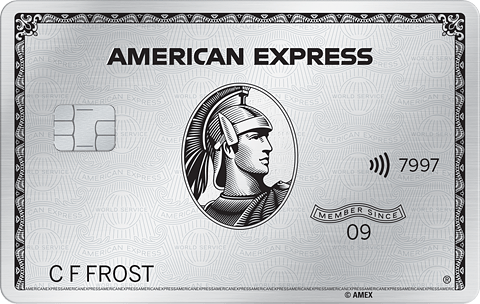
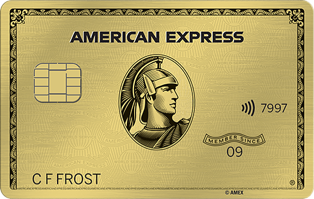
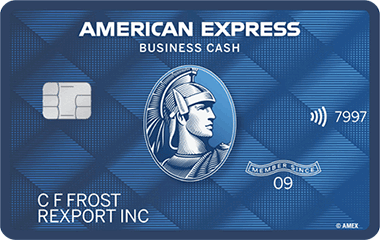
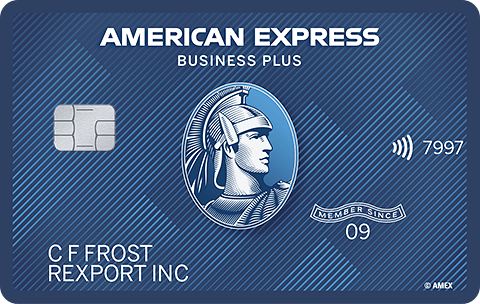
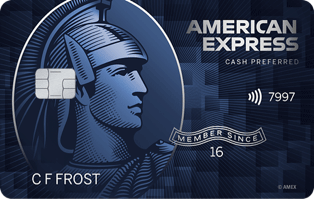
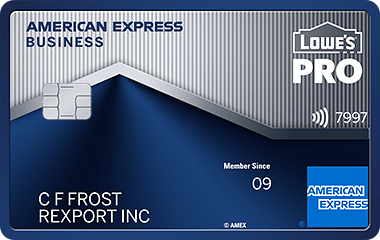
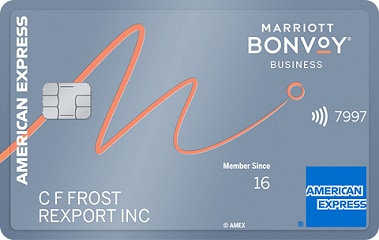

![Capital One Quicksilver | $4000 | July 2013 [AU]](https://ecm.capitalone.com/WCM/card/products/quicksilver-card-art.png)
![Capital One Venture X | $40,000 | September 2023 [AU]](https://ecm.capitalone.com/WCM/card/products/venturex-cg-static-card-1000x630-2.png)
![Chase Amazon Prime | $15,900 | March 2020 [AU]](https://creditcards.chase.com/content/dam/jpmc-marketplace/card-art/prime_visa.png)

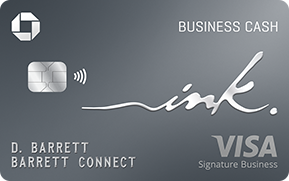
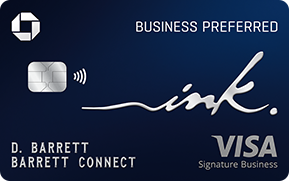
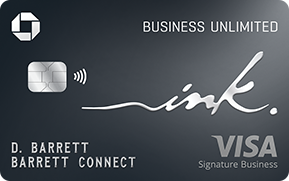























- Mark as New
- Bookmark
- Subscribe
- Mute
- Subscribe to RSS Feed
- Permalink
- Report Inappropriate Content
Re: Chase CLI vs new card limit question
@Jordan23ww wrote:I feel like if your goal is to get a higher available credit limit applying for the CSP or CSR will give you more available credit than getting a CLI with Chase will. Also it is my fear that whichever you choose could potentially make you ineligible for the other. I would like to recommend that whichever is most important to you, getting a CLI or applying for a new card with Chase, you submit your request for that first. Going for the CSP or CSR you should easily get $5000 to $10,000 minimum as your starting limit. Only based on my experience, all of my Chase limit increases have been $3000 or less. Best wishes to you with whatever you decide to do!
Thanks for the data point, that sort of data is what I was hoping to find. I figured the odds were a new card would be a higher limit increase than CLI: but uncertain if I go for a no fee card like Freedom Flex (have CFU) or Slate Edge would give as high a limit as the CSP: though may risk that I can hit the sub for CSP to cover the annual fee the first year (Not sure its worth the risk for the CSR in case I didn't hit the SUB: but then also unsure if that would guarantee higher limit than the CSP or no fee card). Also unsure if they will CLI both cards I have with them instead and if that'd be more than a new card.
- Mark as New
- Bookmark
- Subscribe
- Mute
- Subscribe to RSS Feed
- Permalink
- Report Inappropriate Content
Re: Chase CLI vs new card limit question
@RealityDesigner wrote:
@Jordan23ww wrote:I feel like if your goal is to get a higher available credit limit applying for the CSP or CSR will give you more available credit than getting a CLI with Chase will. Also it is my fear that whichever you choose could potentially make you ineligible for the other. I would like to recommend that whichever is most important to you, getting a CLI or applying for a new card with Chase, you submit your request for that first. Going for the CSP or CSR you should easily get $5000 to $10,000 minimum as your starting limit. Only based on my experience, all of my Chase limit increases have been $3000 or less. Best wishes to you with whatever you decide to do!
Thanks for the data point, that sort of data is what I was hoping to find. I figured the odds were a new card would be a higher limit increase than CLI: but uncertain if I go for a no fee card like Freedom Flex (have CFU) or Slate Edge would give as high a limit as the CSP: though may risk that I can hit the sub for CSP to cover the annual fee the first year (Not sure its worth the risk for the CSR in case I didn't hit the SUB: but then also unsure if that would guarantee higher limit than the CSP or no fee card). Also unsure if they will CLI both cards I have with them instead and if that'd be more than a new card.
Although the CSP and CSR are more likely to yield higher limits due to their minimum SLs( 5K, 10K), there have been a few data points for people getting less on their CSP approval. Equally, it's very possible to get a higher SL on a non-annual fee card too if your profile supports it. Although I was already in the Chase ecosystem, my CFU started me off at 23.4K vs 20K for my CSR. If your profile and income supports, you can potentially start off with a decent limit for the CFU as an example. YMMV of course.
Total Revolving CL- $215,200 | Order of Opened Cards
Delta SkyMiles Blue- SL-$1K | CL- $22.6K
Delta SkyMiles Reserve- SL- $10K | CL- $20K
Chase Sapphire Reserve- SL $20K | CL- $40.5K
Cap 1 Venture Rewards- SL $10K | CL $ 21.5K
Amex Everyday Preferred- SL $13.1K | CL $10K ( moved some limits around )
Chase Freedom Unlimited: SL $23.4K| CL $39.8K
BOA Unlimited Cash SL: $20.8K| CL $15K moved some limits around)
BOA Travel Rewards SL: $20.8K | CL $5.8K(moved some limits around)
Amex Blue Cash Preferred SL: $10K
Amex Green Card: NPSL / POT: 17K
BOA BankAmericard: SL: $5K | CL: $30K
- Mark as New
- Bookmark
- Subscribe
- Mute
- Subscribe to RSS Feed
- Permalink
- Report Inappropriate Content
Re: Chase CLI vs new card limit question
@RealityDesigner wrote:I'm pre-approved for the CSR and CSP, Slate Edge, etc. so I know Chase wants to give me more credit. If my goal is a larger total credit limit (backup for emergency: my total usage is $5 across all cards): should I first apply for CLIs for my existing two cards (CFU and Amazon Prime) or for the credit card first? Unsure if one is a red flag for the other in terms of looking like "credit seeking", so unsure if order matters. Also I don't want a card with an annual fee: but are the odds the limit I get would be the same no matter what new card I get, or would it be lower if I apply for a no fee card vs say the CSP (since the SUB covers the fee even if its not waived as long as I decide I can meet the SUB). Thanks.
Hello again, @RealityDesigner. I replied to this question in-part on >your other thread< but you would almost certainly get your best total additional credit by applying for the CSR if you are prequalified. From my own extensive personal experience with Chase as well as observing approval posts from other members, annual fee travel cards will normally get higher SLs and the SLs tend to increase with the AF as a general rule. So yes, as @nytokyobred79 said, the CSP would probably give you a slightly lower SL than the CSR. Remember that after the first year, you can downgrade a CSR to a CSP or even to another no-AF card such as the Freedom Flex or Freedom Unlimited. And yes, as @Jordan23ww pointed out, any soft pull CLI on your existing cards with Chase would most likely be far below what they would give you in SL on (ANY) of their new cards. The beauty with Chase, and a few other lenders, is that it's easy to close and combine limits between their cards which has been part of my strategy in building large credit limits with them.
I've written some detailed posts about higher credit limits before on the forums. If you go to >THIS LINK< you'll find a starting point. Then follow the embedded links in each post if you want to read others.






















Business Cards









Length of Credit > 40 years; Total Credit Limits >$936K
Top Lender TCL - Chase 156.4 - BofA 99.9 - CITI 96.5 - AMEX 95.0 - NFCU 80.0 - SYCH - 65.0
AoOA > 31 years (Jun 1993); AoYA (Oct 2024)
* Hover cursor over cards to see name & CL, or press & hold on mobile app.
- Mark as New
- Bookmark
- Subscribe
- Mute
- Subscribe to RSS Feed
- Permalink
- Report Inappropriate Content
Re: Chase CLI vs new card limit question
I see your profile is heavy I'm tryna build like that any recommendations???
- Mark as New
- Bookmark
- Subscribe
- Mute
- Subscribe to RSS Feed
- Permalink
- Report Inappropriate Content
Re: Chase CLI vs new card limit question
@Macauto2125 wrote:I see your profile is heavy I'm tryna build like that any recommendations???
Welcome to My FICO Forums, @Macauto2125! ![]() I'm assuming your comment was directed at myself?
I'm assuming your comment was directed at myself?
(Tip: For clarity, either use the QUOTE function (like I did above) to reference the message to which you're replying or use the "@" sign and type in the member name (like I did above) to "tag" another specific member. Since we have many comments in thread, these help to keep the conversation easier to follow.) ![]()
If you're asking how to build a "thick" profile and high limits, the simple answer is (1) time, (2) patience, and (3) responsible use of existing credit limits. For the highest limits, money helps, whether that is documentable income, spend and re-pay patterns such as heavy personal or business-reimbursed expenses, or assets invested with that particular lender. As I mentioned above, I've written some detailed posts about higher credit limits before on the forums. If you go to >THIS LINK< you'll find a starting point. Then follow the embedded links in each post if you want to read others.
For a thicker profile, do some research and choose some cards or lenders to target. Then plan to add cards at about the rate of one every six months (to keep velocity of new accounts-added at a reasonable pace so-as not to alarm your current lenders or to contribute to denials on new accounts or low starting limits.) Plan to keep most if not all of the cards you add indefinitely, if possible. That will help your account age to grow more quickly for the long haul.
When choosing credit cards, consider all their attributes including fees, rewards, perks, and customer service reviews. (Believe it or not, poor customer service can be annoying enough to detract from even the best rewards cards.) (See this link for 2024 JD Power survey rankings.)






















Business Cards









Length of Credit > 40 years; Total Credit Limits >$936K
Top Lender TCL - Chase 156.4 - BofA 99.9 - CITI 96.5 - AMEX 95.0 - NFCU 80.0 - SYCH - 65.0
AoOA > 31 years (Jun 1993); AoYA (Oct 2024)
* Hover cursor over cards to see name & CL, or press & hold on mobile app.